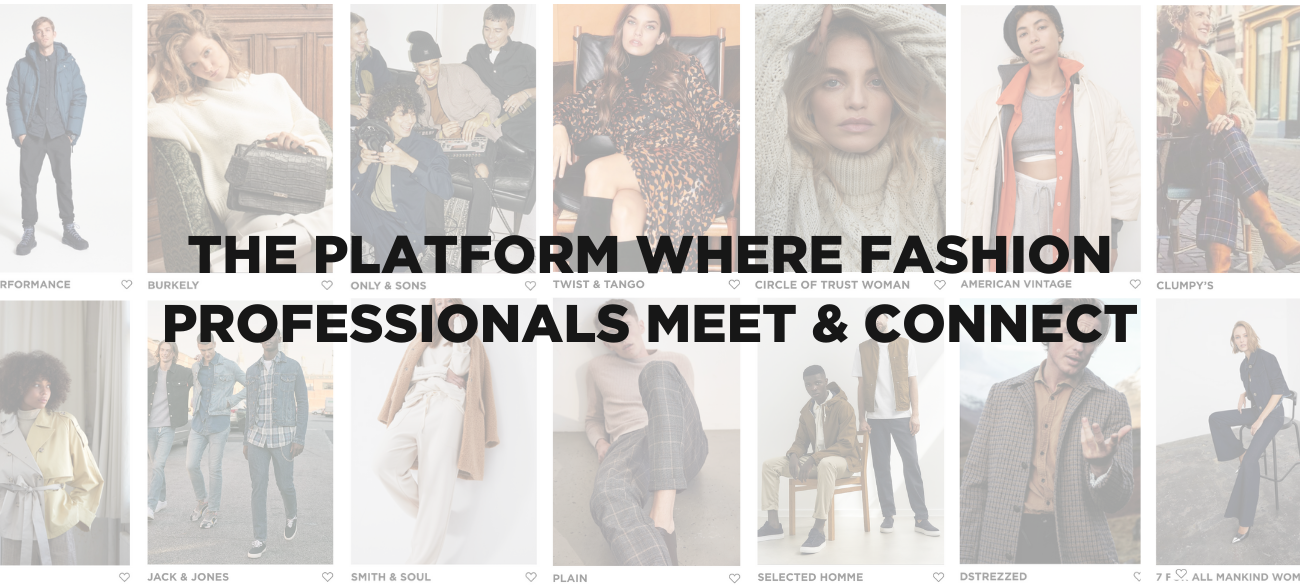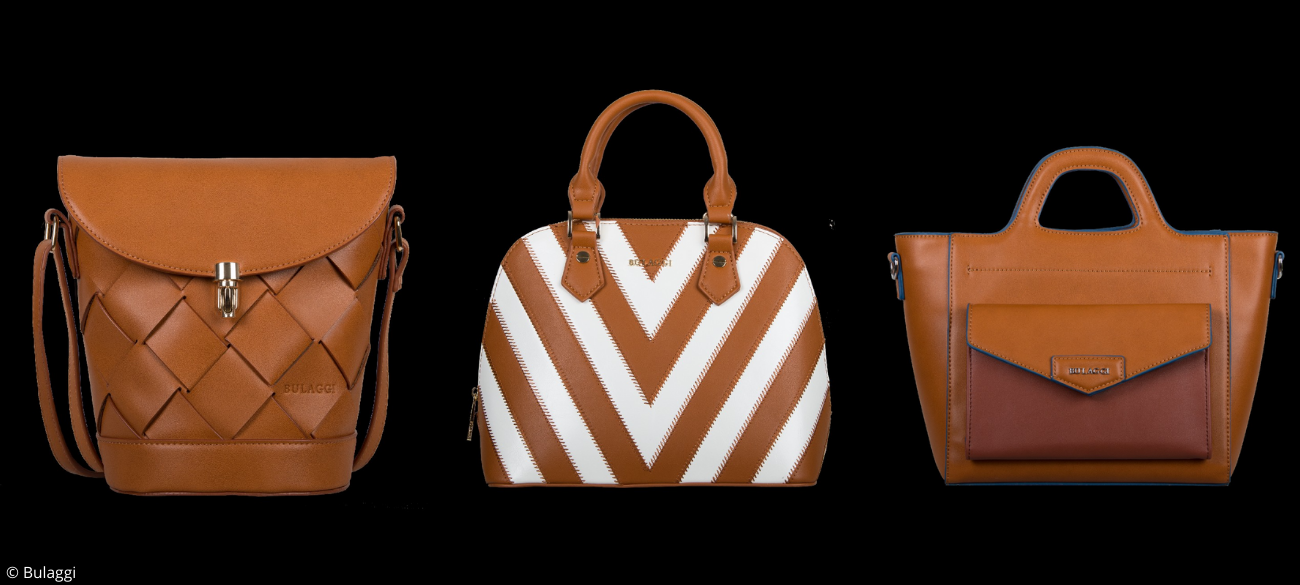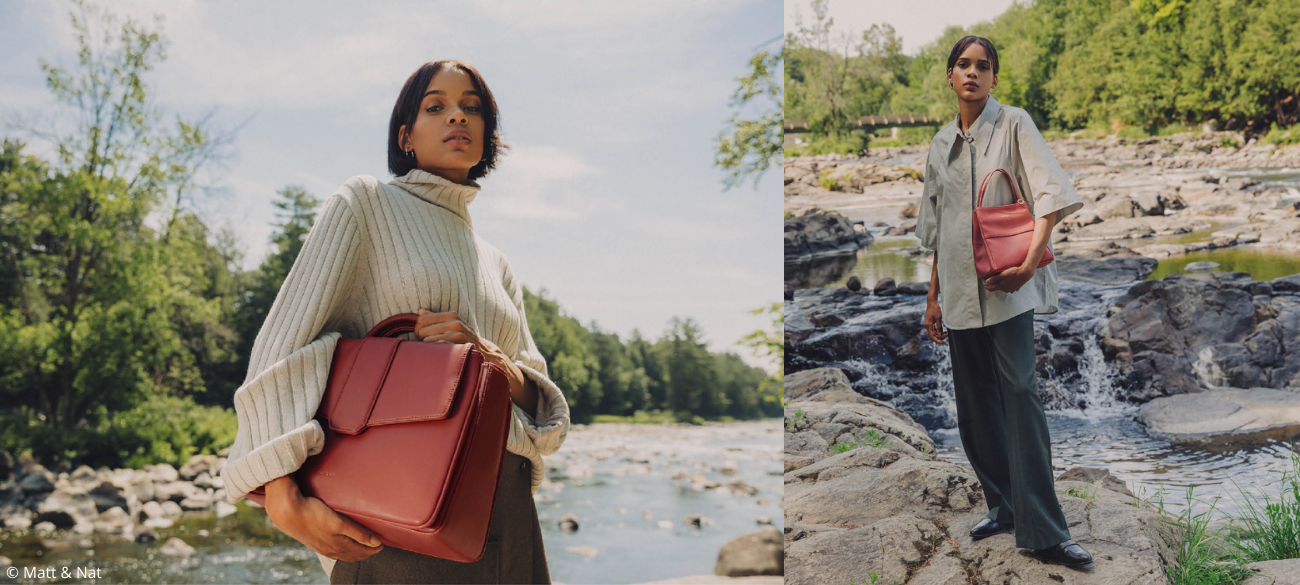EXPO Greater Amsterdam
Stelling 1
2141 SB Vijfhuizen

Create a free retailer account now or view the other options.
The rise of vegan fashion
Time’s almost up on Veganuary, but certainly not on the vegan mindset. More than that: we are witnessing nothing short of a revolution with regard to our relationship with nature. Particularly with animals. What is still acceptable, and what is passé? Modefabriek welcomes all sustainable fashion labels with open arms, including vegan initiatives, so it’s about time we gave this burgeoning trend the attention it deserves.
The ups and downs of vegan fashion
It-which-must-not-be-named turned the world upside down, but also acted as a catalyst for certain trends. Alongside growing climate change concerns, we are becoming increasingly conscious of the environmental impact of cattle farming for food, cosmetics and clothing. And the cruelty underlying these practices is perhaps what many people find most alarming. Because ‘ooohh, it’s so fluffy’, but often also ‘so violently obtained’. Animal suffering is hardly new, but thanks to the rise of the internet and social media, we are now more often seeing it with our own eyes. The sand has simply become too hot for us to bury our heads in. Nature has become more important than ever, and consumers have higher demands of products, including the use of materials. And so it’s ‘bye-bye’ animal leather, fur, silk, wool, down and ‘exotic hides’, and ‘hello’ ethical, animal-free materials. Preferably also environmentally friendly.
So just what is vegan fashion?
The discussion of whether vegan fashion is also always more environmentally friendly is still raging. But when it comes to the congeniality of being shorn, plucked or slaughtered, there appears to be greater consensus. Hence, vegan fashion: complete products that are 100% free of animal matter. And this applies to absolutely everything: also to the glue, dye and wax. A wide range of alternatives have already hit the market that cater to the vegan demand. Instead of wool, there’s Weganool, a textile made from the calotropis plant. Mushrooms, pineapples, coconuts, cacti and even seaweed and flowers are stepping up as leather alternatives. And alongside cultured meat, there’s now also cultured leather. KOBA® Faux Fur is ‘fur’ made from corn fibres, and ‘silk’ comes in the form of TENCEL™ lyocell, fibres produced from wood pulp.
Vegan fashion brands at Modefabriek
The best-known name designing animal-free fashion is Stella McCartney, and she’s been at it ever since founding her fashion house in 2001. Several high-end brands have now (somewhat) followed her lead, and brands in the low and middle segments are introducing vegan collections or lines with increasing regularity. Vegan versions of classics such as Dr. Martens’ Chelsea Boots, for example. And indeed, the list of brands with a PETA-Approved Vegan logo is growing, and several of these brands are Modefabriek partners.

Save the Duck, for one, the Italian brand making jackets filled with their own invention: PLUMTECH®. An animal-free ‘down’ made from recycled materials including plastic bottles. Or the Canadian Matt & Nat and Dutch Bulaggi, two brands producing bags made from vegan leather, such as PU and PVC. Instead of a leather logo patch, the Dutch brand Kuyichi opts for jacron paper, and for Belgian sneaker brand Komrads, Frumat’s award-winning apple-based leather is the holy grail.
Written by Marjolein Lammerts van Bueren
Share article

